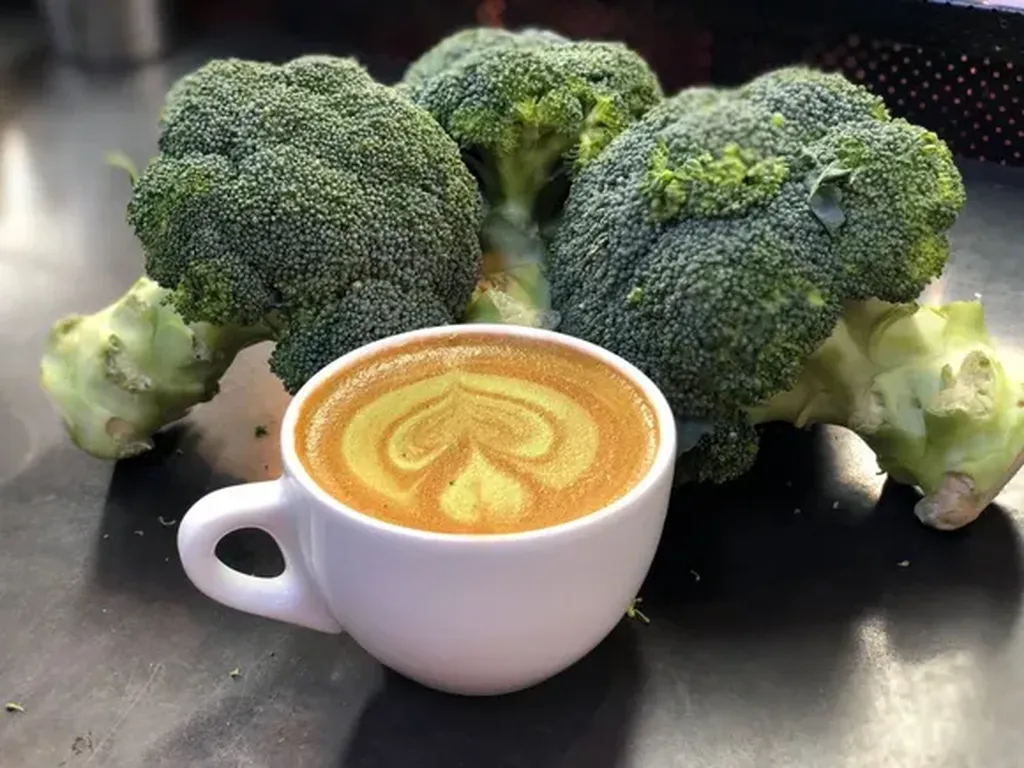In the heart of Indonesia, a groundbreaking study is turning the tables on how we view agricultural waste, particularly in the broccoli industry. Researchers have discovered that the residues left behind after broccoli harvests could be a goldmine of nutrients, potentially revolutionizing sustainable agriculture and offering significant commercial benefits for farmers.
The study, published in *Agricultural Science*, was led by Tria Suci Astira from the Agrotechnology Study Program at the University of Swadaya Gunung Jati in Cirebon, Indonesia. The research focused on the potential return of organic matter and macronutrients from broccoli harvest residues to the soil. This approach aims to enhance soil fertility and reduce the dependence on chemical fertilizers, a critical step towards more sustainable and eco-friendly farming practices.
The findings are striking. For every broccoli plant, approximately 769 grams of residues—comprising leaves, lower stems, and roots—are left in the field after harvest. These residues, when dried, weigh about 77 grams per plant. Given a planting density of 22,000 plants per hectare, the potential for nutrient return is substantial. The residues contain 7.03% nitrogen, 0.90% phosphorus, 4.84% potassium, and 33.79% organic carbon. These nutrients are vital for soil health and plant growth, offering a natural and cost-effective alternative to synthetic fertilizers.
“Broccoli harvest residues have been proven to possess significant nutrient value and can be utilized as green manure to improve soil structure and reduce the use of synthetic fertilizers,” said lead author Tria Suci Astira. This discovery could have far-reaching implications for the agriculture sector, particularly in regions where soil degradation and fertilizer costs are significant challenges.
The commercial impact of this research is profound. Farmers could potentially reduce their fertilizer expenses by utilizing broccoli residues as green manure, thereby improving soil fertility and crop yields. This practice not only supports sustainable agriculture but also aligns with global efforts to reduce the environmental footprint of farming. The study suggests that integrating such organic matter back into the soil could lead to healthier crops and more resilient agricultural systems.
Moreover, the research highlights the importance of viewing agricultural waste as a resource rather than a byproduct. By adopting this mindset, farmers can enhance their productivity and profitability while contributing to environmental sustainability. The findings could inspire similar studies in other horticultural commodities, paving the way for a more circular and efficient agricultural economy.
As the world grapples with the challenges of climate change and food security, innovative solutions like this are crucial. The study by Tria Suci Astira and her team offers a promising path forward, demonstrating how simple yet effective practices can transform the agriculture sector. The research, published in *Agricultural Science*, underscores the potential of organic matter and nutrient recovery from broccoli harvest residues, setting a precedent for future developments in sustainable agriculture.

